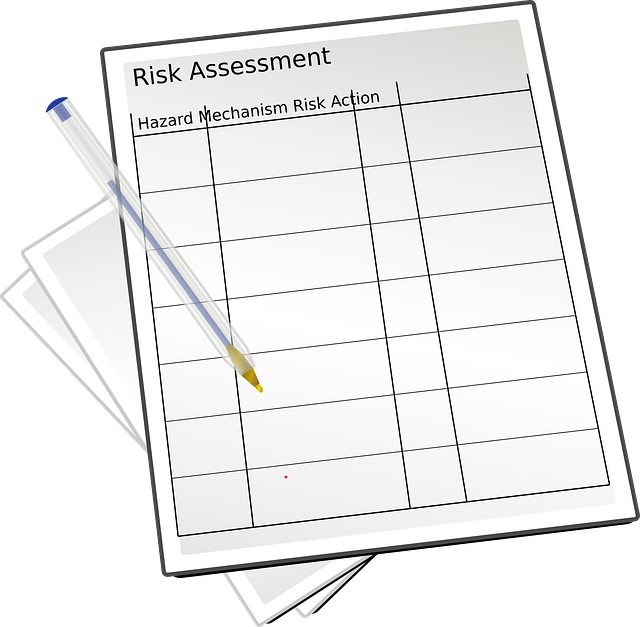Risk assessment is part of the risk management process.
Risk assessment can be defined as a process of identifying hazards and evaluating any associated risks within a workplace or projects with the aim of implementing control measures to remove or reduce them.
It is usually done either to ensure safety at the workplace and the workplace or to evaluate the risks imposed when completing a project.

Risk assessment is an important step involved in the risk management process
Here are some reasons why risk assessment is important.
Reducing risk
The main objective of risk management through the implementation of risk assessment is to identify any potential hazards within a workplace that may cause harm to anyone that comes into contact with them.
As some may not be obvious, among the steps that can be taken for risk assessment includes through observation, re-evaluating past accidents and ill-health records as they may identify less obvious hazards and discussion with fellow colleagues.
Establishing precautions
After identifying the risks and hazards as well as those who might be affected, it is important to evaluate the severity of the risk and establish suitable and effective controls to reduce this level of risk.
When doing so, among the factors that should be considered includes the severity of harm, likelihood that harm may occur, availability of control or precautionary measures, and the cost associated with the precautionary measures.
Implementing changes
Recording of findings from risk assessments is an easy way to keep track of the risks and control measures put in place to reduce the identified risk.
This is so that changes can be implemented to reduce the risk involved.
Among the findings that may be included are what sort of risk have been found, the people involved, the precautionary measures, who carried out the assessments (for future consultation) and when it was done.




